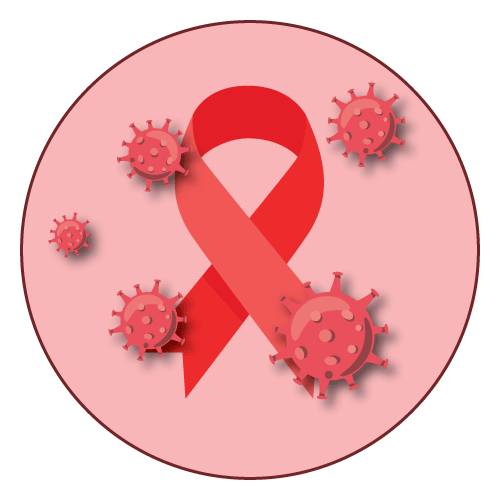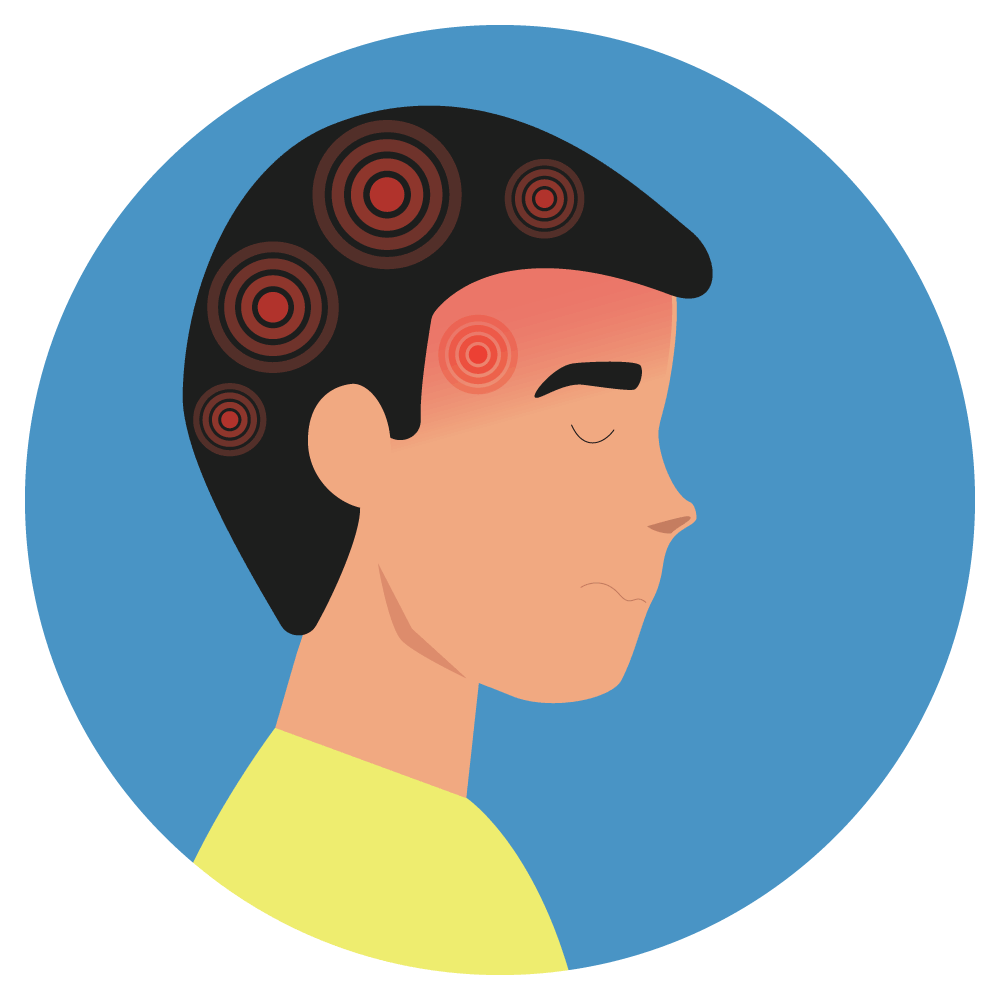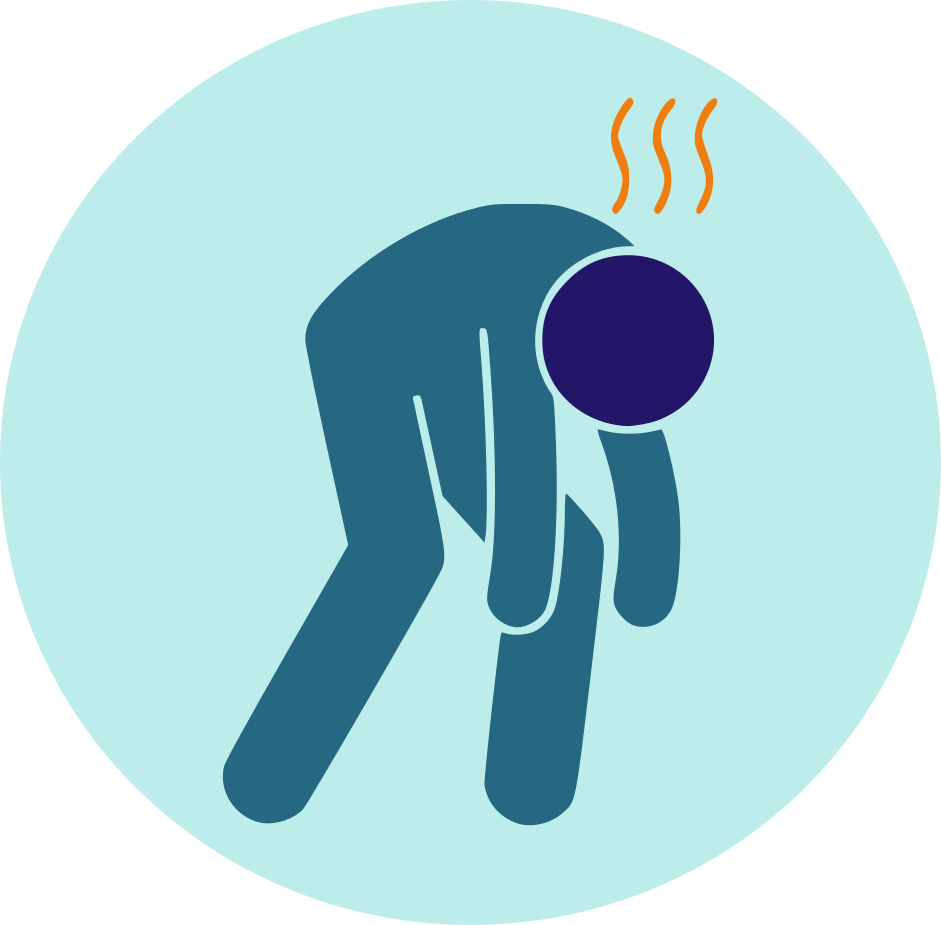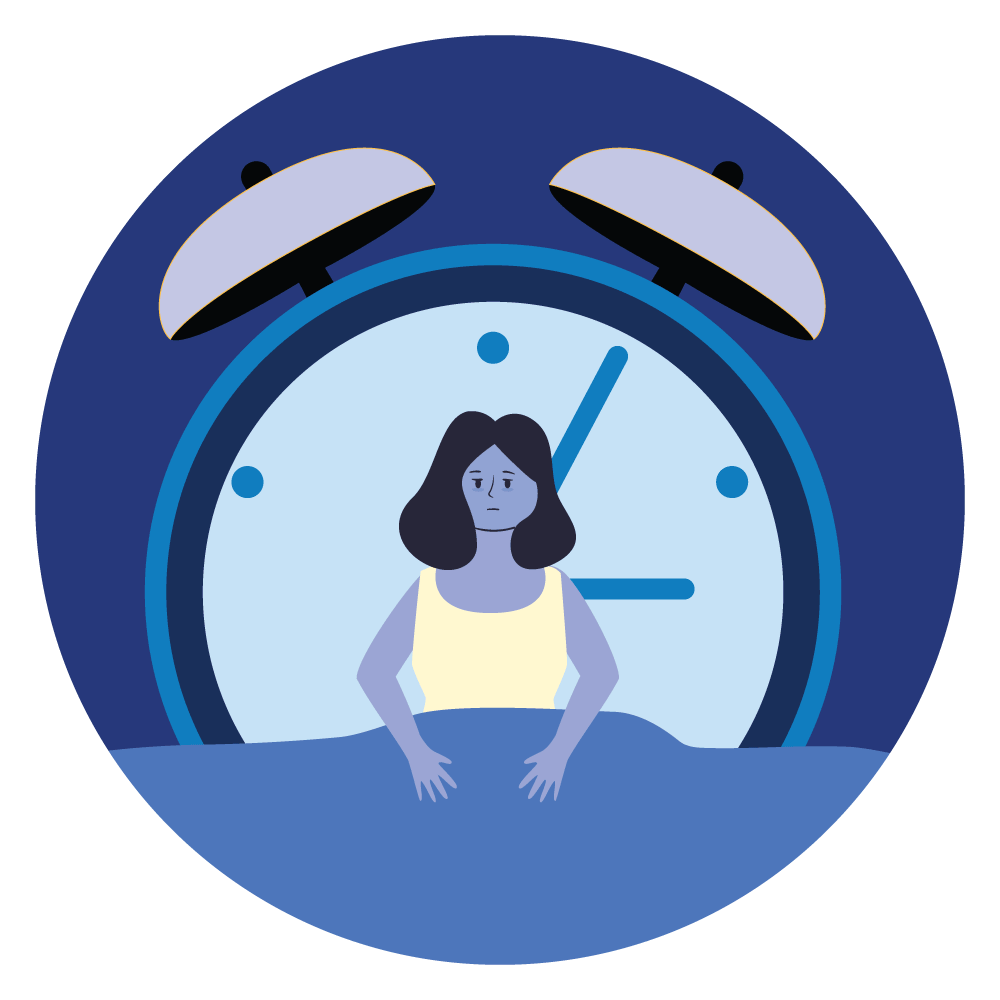| Name | Efavirenz |
| Classes |
Antiinfective Agent Antiviral Agent NNRTI |
| Diseases |
HIV Viral Infection |
Efavirenz
Efavirenz is an anti-HIV drug from the class non nucleoside reverse transcriptase inhibitor. Efavirenz binds directly to reverse transcriptase (RT) and disrupts the enzyme's catalytic site, preventing RNA-dependent and DNA-dependent DNA polymerase activities.
Efavirenz is indicated in combination with other antiretroviral agents for the treatment of human immunodeficiency virus type 1 infection.
- Efavirenz should be taken once daily on an empty stomach, preferably before going to bed.
- Recommended adult dose: 600 mg.
- Increase the voriconazole maintenance dose to 400 mg every 12 hours and reduce the Efavirenz dose to 300 mg once daily when using the capsule formulation.
- Pediatric dosage-
-
- 10 to less than 15 kg : 200 mg
- 15 to less than 20kg : 250 mg
- 20 to less than 25kg : 300 mg
- 25 to less than 32.5 kg : 350mg
- 32.5 to less than 40 kg : 400 mg
- At least 40 kg : 600 mg
- Do not use as a single agent or add on as a sole agent to a failing regimen. Consider potential for cross resistance when choosing other agents.
- Not recommended with efavirenz / emtricitabine / tenofovir.
- Serious psychiatric symptoms: Immediate medical evaluation is recommended for serious psychiatric symptoms such as severe depression or suicidal ideation
- Nervous system symptoms (NSS): NSS are frequent, usually begin 1-2 days after initiating therapy and resolve in 2-4 weeks. Dosing at bedtime may improve tolerability. NSS are not predictive of onset of psychiatric symptoms.
- Pregnancy: Fetal harm can occur when administered to a pregnant woman during the first trimester. Women should be apprised of the potential harm to the fetus.
- Hepatotoxicity: Monitor liver function tests before and during treatment in patients with underlying hepatic disease, including hepatitis B or C coinfection, marked transaminase elevations, or who are taking medications associated with liver toxicity. Among reported cases of hepatic failure, a few occurred in patients with no pre-existing hepatic disease.
- Rash: Rash usually begins within 1-2 weeks after initiating therapy and resolves within 4 weeks. Discontinue if severe rash develops.
- Convulsions: Use caution in patients with a history of seizures.
- Lipids: Total cholesterol and triglyceride elevations. Monitor before therapy and periodically thereafter.
- Immune reconstitution syndrome: May necessitate further evaluation and treatment.
- Redistribution/accumulation of body fat: Observed in patients receiving antiretroviral therapy.
Contraindication
- Efavirenz is contraindicated in patients with previously demonstrated hypersensitivity (eg, Stevens-Johnson syndrome, erythema multiforme, or toxic skin eruptions) to any of the components of this product.
- For some drugs, competition for CYP3A by efavirenz could result in inhibition of their metabolism and create the potential for serious and/or life-threatening adverse reactions (eg, cardiac arrhythmias, prolonged sedation, or respiratory depression).
None known.
None known.
 Bangla
Bangla English
English





